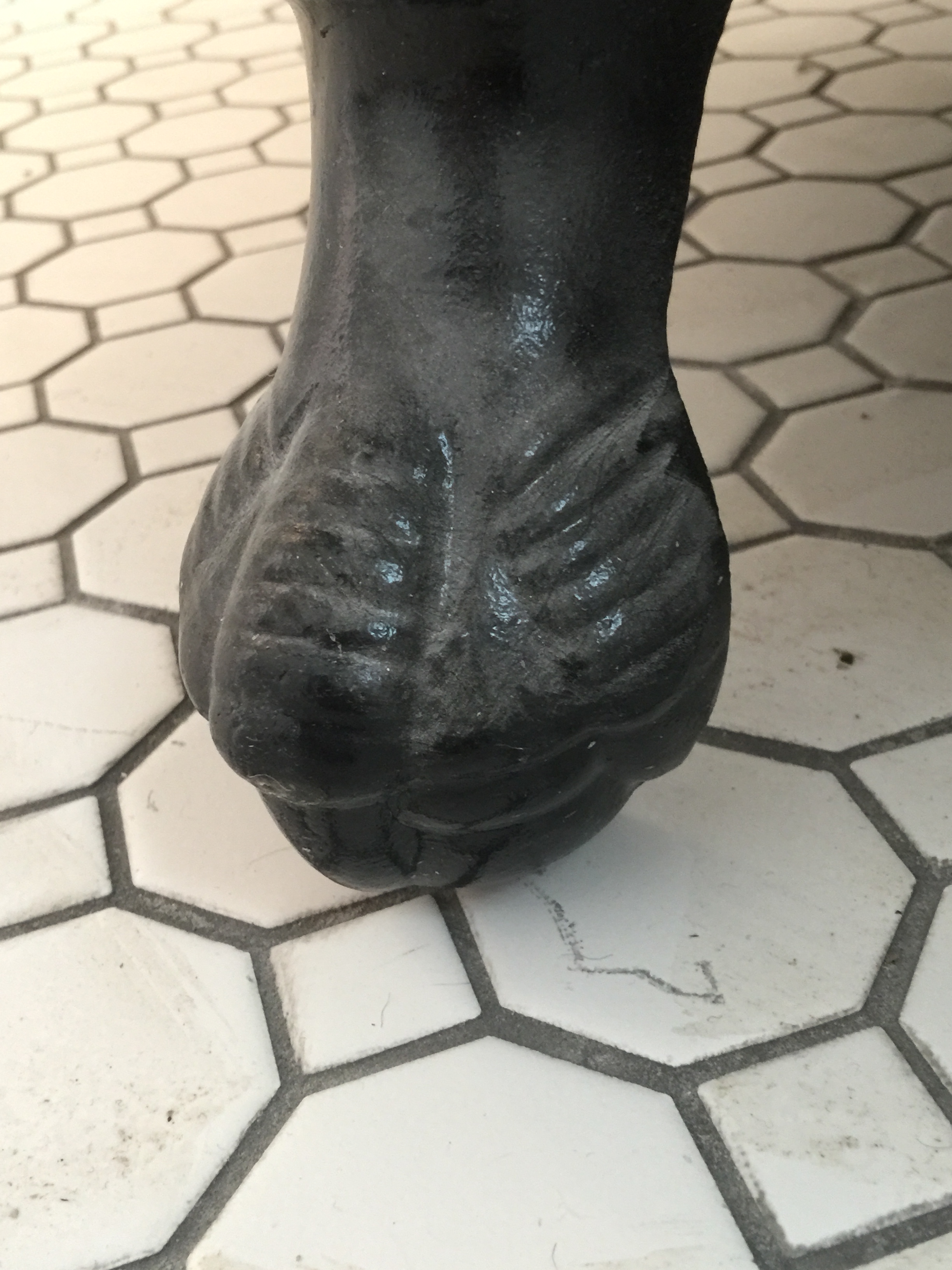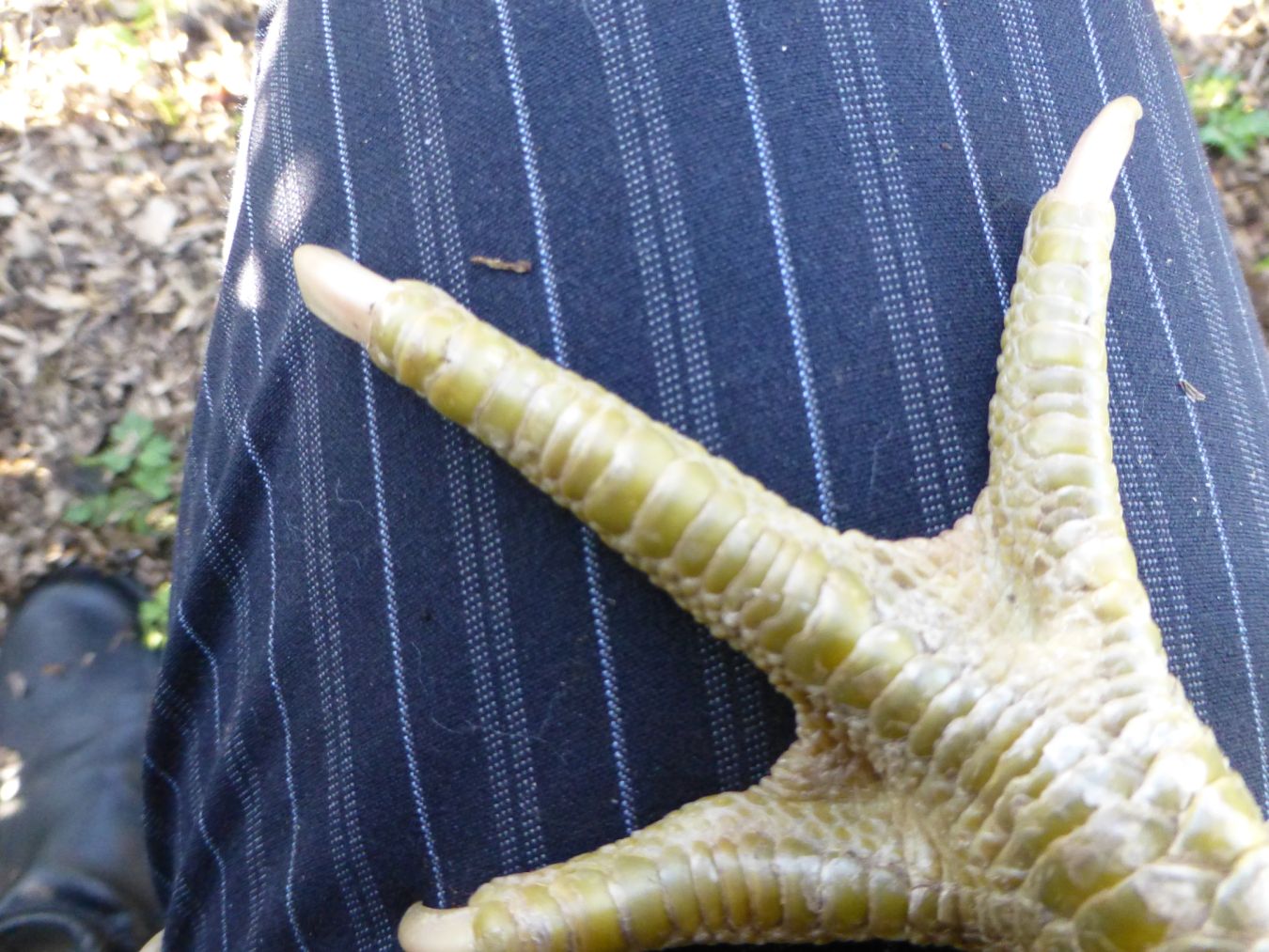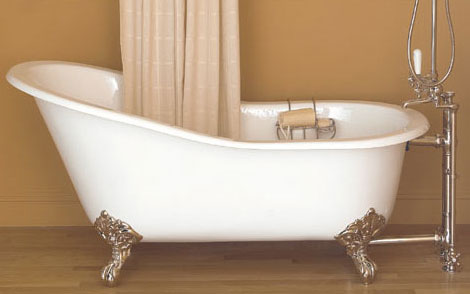History appears to denote that around 3300 BC, on the Isle of Crete, evidence of the first personalized, pedestal bathtub made of pottery was likely the forefather of the classic 19th Century claw foot tub. The early tubs had to be hand filled and drained as they did not have formal plumbing systems. Chamber pots were utilized to fill and empty the tub and bathroom waste–where the slang 'loo' is said to have derived from the French words, "Gardez l'eau" pronounced 'gardy loo' meaning 'mind the water!' as it was tossed from the upper level onto the street. During the Roman Empire, around 500 BC, citizens were encouraged to bathe and more advanced sewage systems were created. It is said that after the fall of the Roman Empire, bathing went out of fashion with fear of skin absorbing bacteria through the water so instead, heavy perfume and sweat-bathing replacing fresh water cleansing.
In the United States, 1848 marked the passing of the National Public Health Act and the first US Plumbing Code. In 1883, the Standard Sanitary Manufacturing Company (today known as American Standard) and Kohler, began enameling cast iron bathtubs in order to provide a smooth interior surface. The first Kohler claw foot tub was advertised as a "horse trough/hog scalder, when furnished with 4 legs will serve as a bathtub." These tubs became very popular with a smooth, easy to clean surface thought to therefore help prevent spread of disease. And to ease your mind (or at least to ease mine), a 'hog scalder' was used after, thank goodness, a pig was killed in an effort to soften the skin and ease hair removal for processing. I supposed it kind of does the same thing for us, even today, while bathing in a tub filled with bubbles and hot water.
At the close of World War I, there was a construction boom in the US and many homes were fitted with a toilet, sink and claw foot tub yet even by 1921, only 1% of homes were said to have indoor plumbing. Rural America at that time still utilized the 'outhouse' for certain needs. Over time, it was thought that the heavy, claw foot tubs were difficult to clean around and beneath and were replaced for a period of time by built in tubs with apron fronts.
Today we have seen the resurgence of the claw foot tub in a place of honor and highlight perched in front of gazing windows and fireplaces within modern and updated historical homes. When looking at the actual 'claw' of a claw foot tub, the most accurate description of where the name comes from is from the medical definition of a 'claw foot': A deformity of the foot marked by an exaggerated arch and a downward flexion of the toes. I always thought they were fashioned after an eagle foot or hawk like mystical creature yet it appears, the 'claw foot' on a tub may be a mix of practical structural stanchion and the medical/animal description of shape and posture. If you carefully examine many furniture feet of the same era, you will also see many similar architectural features, one way to help determine the age of a claw foot tub.
So, as with so many things in Real Estate, style, architecture, and fixture, we see cycles—and for now, it is pretty neat to see the claw foot tub come back into vogue.

 Facebook
Facebook
 X
X
 Pinterest
Pinterest
 Copy Link
Copy Link





